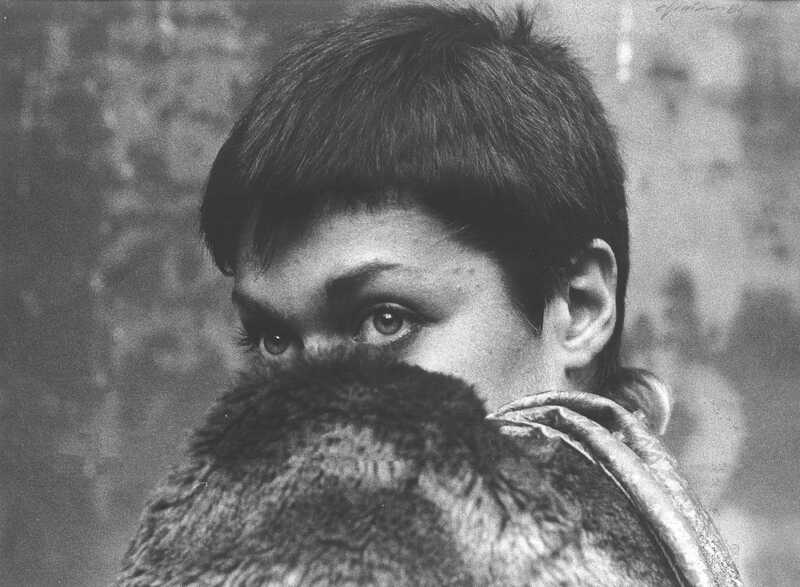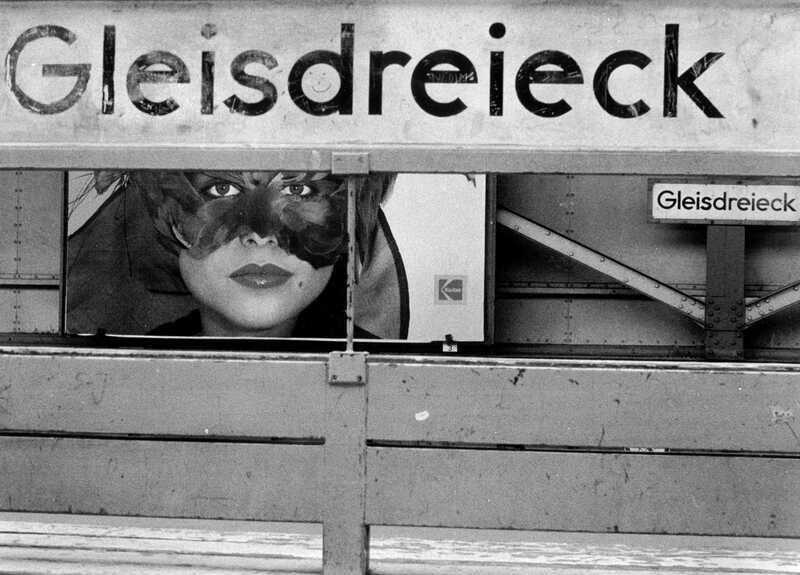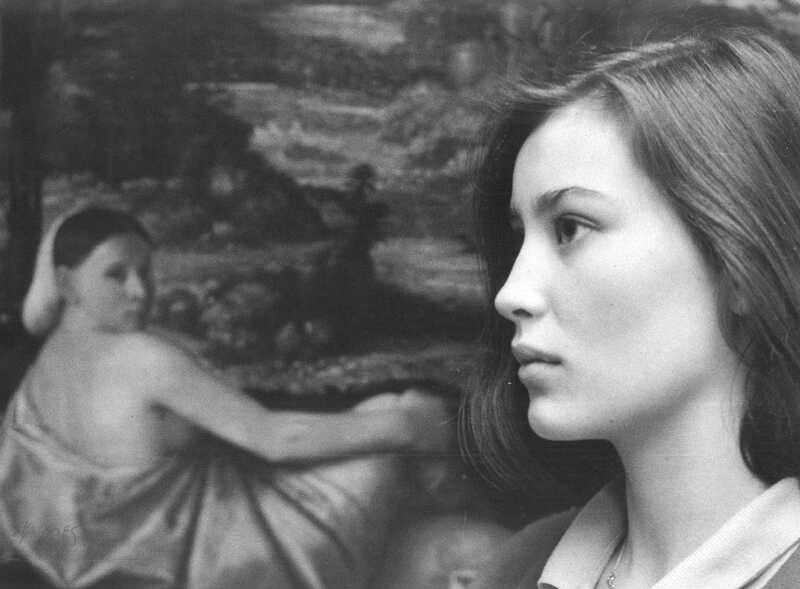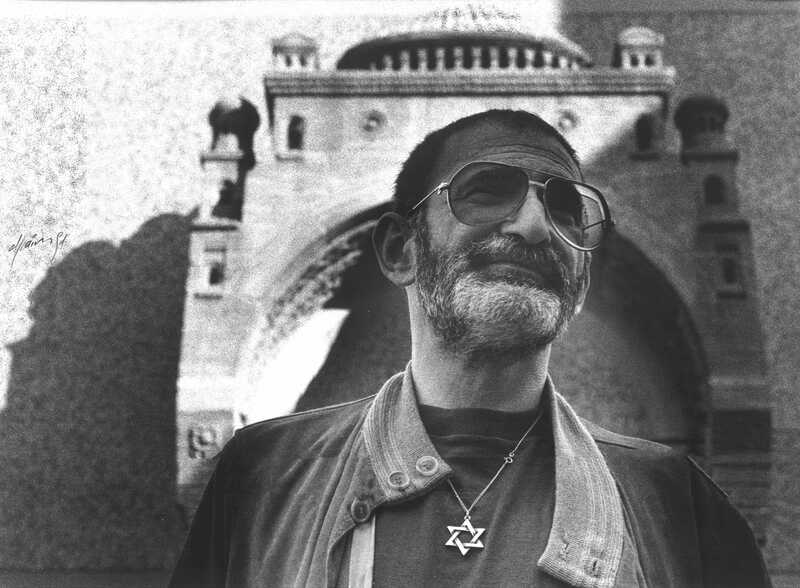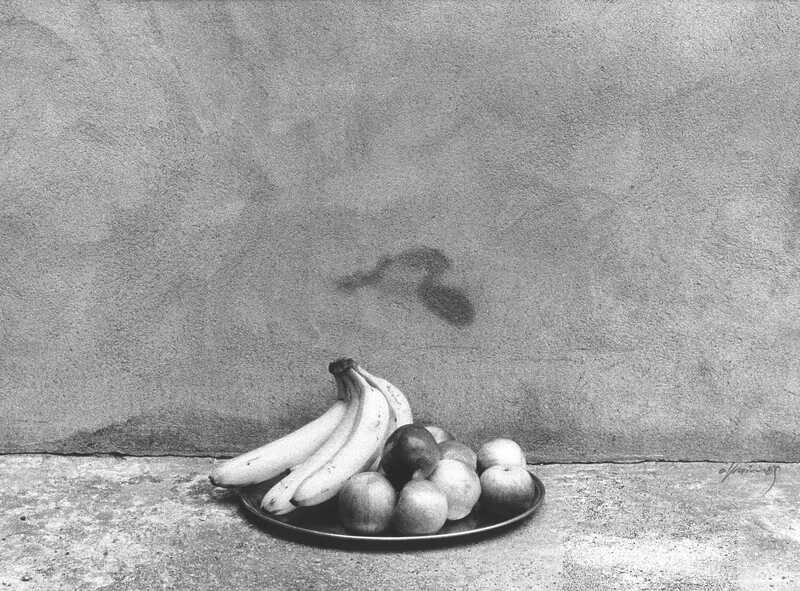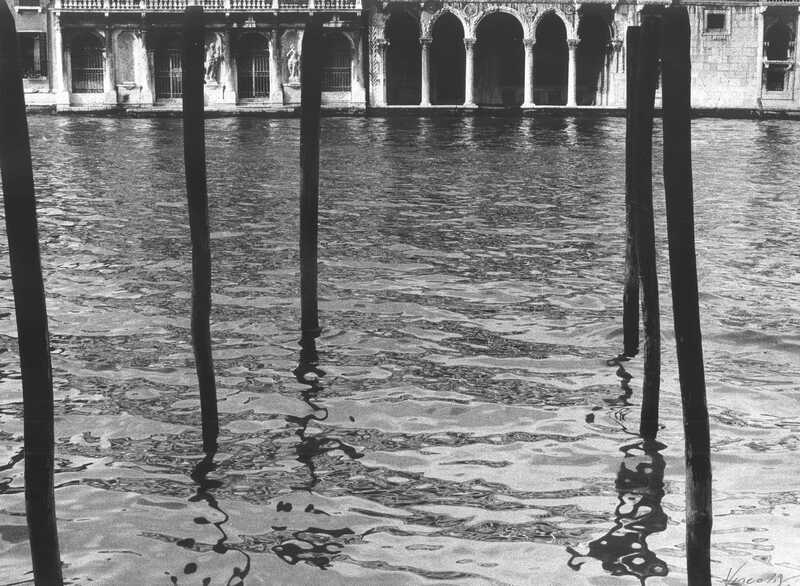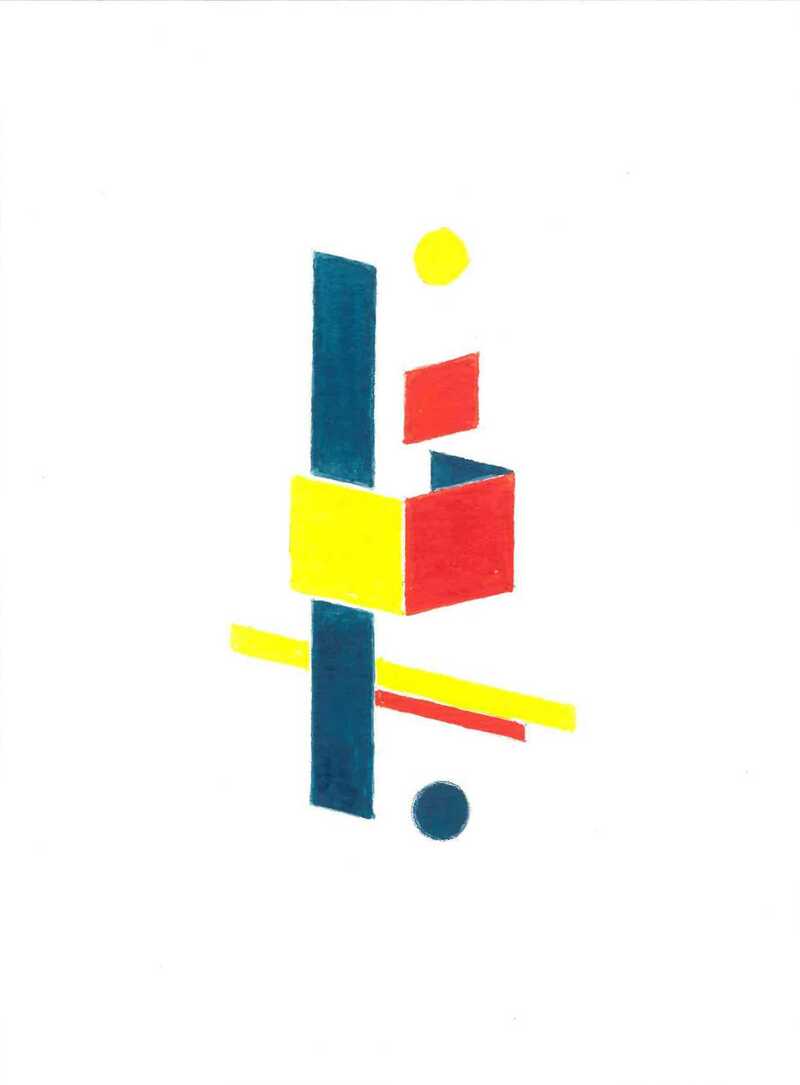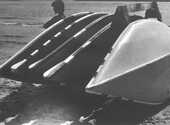Featuring city views of Berlin and Venice, images of Israel, architectural photography, still lifes, and works from the series Woman in the picture (Frau im Bild), the exhibition includes works from all of the photographer's major subjects, including both some of his best-known motifs, such as the reflection of St. Matthew's Church at the National Gallery (1976), and previously largely unknown works from the artist's private archive. The exhibition is completed by a selection of watercolors that Habermann has made in the Constructivist style since 1980 and that may also be unknown to some Habermann connoisseurs.
Dive deeper into the art world
»Photography is my work - watercolors are my pearls.«
With city views of Berlin, Efraim Habermann became known to a broad public as a photographer in the 1960s. His works are characterized early on by a distinctive, concise style and unusual perspectives. Today, after a 50-year creative phase, he has an extensive body of photographic work, consistently in black and white, with numerous series from Israel, Venice and Berlin, still lifes, portraits and photographic collages. Habermann's »pearls«, his mostly constructivist watercolors, geometric forms in strong colors, finely balanced into a postcard-sized composition, seem almost like a commentary on his own conception of the image. An extensive exhibition of works from the artist's private archive can now be seen in Berlin from mid-February.
Staged Realities
For the first time in over 25 years, there is another major exhibition on Jeff Wall in Canada: the Museum of Contemporary Art Toronto is presenting over 50 works by the renowned artist in Jeff Wall Photographs 1984–2023. The exhibition runs until March 22, 2026.



